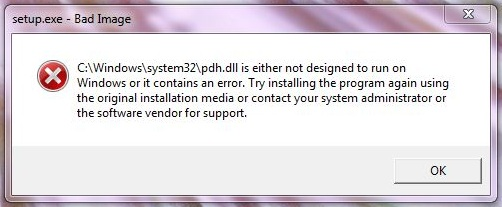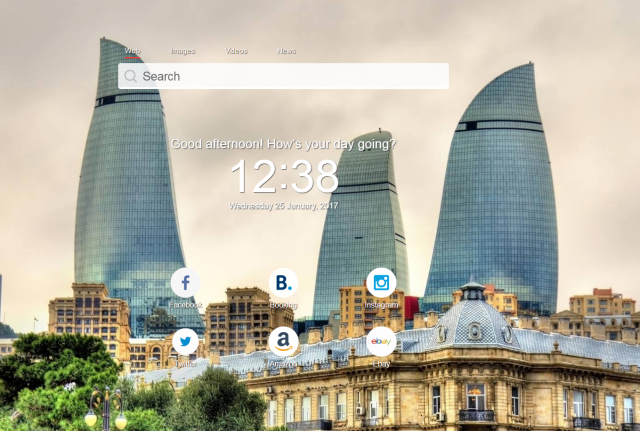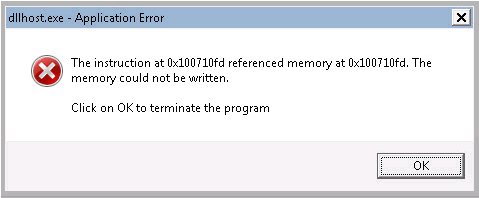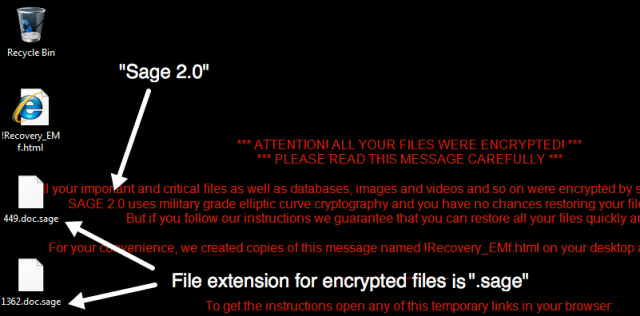How to remove InstallWizz
If you are seeing the browser filled up with pop-ups or banners marked InstallWizz ads, then, your system is infected with adware program. Once installed, InstallWizz starts displaying bunch of intrusive ads wherever you go online. In this way, virtual layer is used making the Internet browsing awkward as it hides necessary content on websites. Moreover, after the click on such ads you can find yourself on a malicious site.





